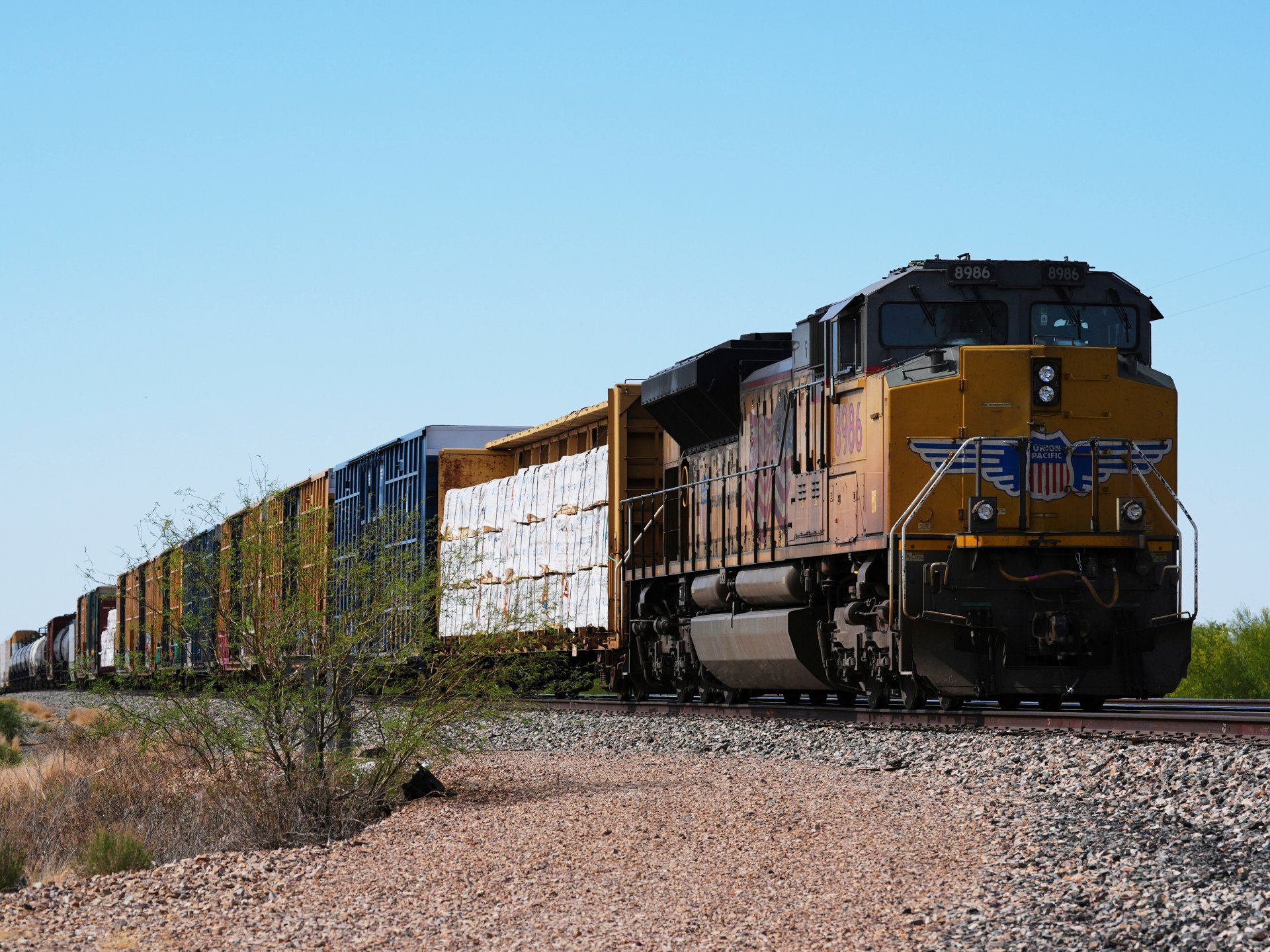The merger of Norfolk Southern and Union Pacific’s smaller rival, Norfolk Southern, would establish the first coast-to-coast freight rail operator in the US and reshape the flow of goods between grains and autos across the US.
The proposed $85 billion deal was made public on Tuesday by the Omaha, Nebraska-based railroad giant.
The largest buyout in the railroad industry has ever been proposed, and if the merger is approved, it would be that deal.
With Norfolk’s 31, 382 km (19, 500-mile) network, which primarily spans 22 eastern states, Union Pacific has a stronghold in the western two-thirds of the US.
According to the companies, the two railroads are anticipated to have combined enterprise values of $250 billion and generate annualized synergies of about $ 2.75 billion.
From the close of the merger on July 17 when the first details of the merger were reported, the $ 320 per share price implies an 18.6% premium for Norfolk.
The businesses announced last week on Thursday that they were in advanced discussions of possible mergers.
In light of union concerns about potential rate increases, service disruptions, and job losses, the agreement will face stringent regulatory scrutiny. The Southwest’s temporary congestion and delays had been caused by the union Pacific and Southern Pacific merger in 1996.
Under US President Donald Trump’s administration, antitrust enforcement has changed with the agreement. mergers that were previously thought to be unlikely have been made possible thanks to executive orders that were issued to remove the obstacles to consolidation.
In response to his January appointment as chairman of the Surface Transportation Board, Patrick Fuchs has urged faster preliminary reviews and a more flexible approach to merger conditions.
According to a person who participated in the discussions, the review could take 19 to 22 months even with an expedited process.
Major railroad organizations have long opposed consolidation, contending that such mergers could threaten employment and cause disruption to rail service.
After the two businesses announced advanced discussions last week, SMART-TD union president Jeremy Ferguson said, “We will weigh in with the STB [regulator] and with the Trump administration in every way possible.”
He claimed that “this merger is not beneficial for labor, the rail shipper/customer, or the general public.”
Within six months, the businesses said they would submit their applications to the STB.
With more than 1,800 railroad yardmasters, the transportation division of the SMART-TD union is the largest railroad operating union in North America.
The North American rail industry has been dealing with fluctuating freight volumes, rising labor costs, and growing shipper pressure over service reliability, all of which could make the merger more difficult.
Consolidation of the industry
According to people with knowledge of the situation, the proposed deal has also spurred rivals BNSF, which is owned by Berkshire Hathaway, and CSX to look into possible mergers.
According to a source close to the discussions, STB agents are already preparing for the possibility of receiving not just one, but two megamerger proposals, according to a source with knowledge of the situation.
The consolidation of important freight routes and increased pricing authority for the industry would reduce to four from six if both mergers are approved, resulting in a decrease in Class I railroads in North America.
The $ 31 billion merger of Canadian Pacific and Kansas City Southern, which established the first and only single-line rail network connecting Canada, the US, and Mexico, was the last significant deal in the sector.
That agreement, which was finalized in 2023, received a lot of regulatory opposition because it was concerned it would stifle competition, cause jobs, and cause service disruption, but it was ultimately accepted.
According to LSEG data, Norfolk Southern has a market capitalization of about $65 billion, while Union Pacific is valued at nearly $ 136 billion.
Source: Aljazeera

Leave a Reply